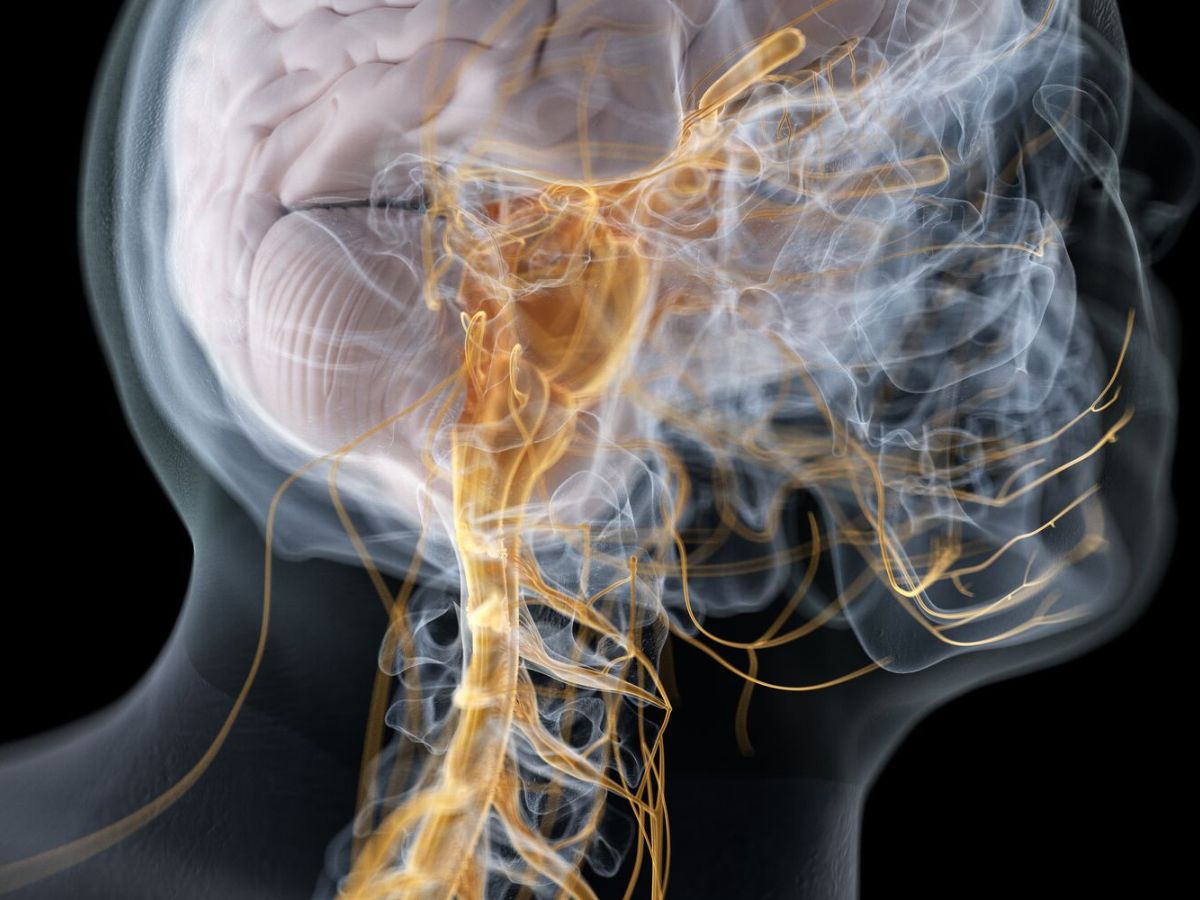
Neuroanatomy, the intricate study of the nervous system's structure, is as complex as it is fascinating. Neuroanatomy offers a window into how our brains and nerves function together to shape our thoughts, behaviors, and overall health. From the billions of neurons firing in our brains to the delicate dance of neurotransmitters, understanding neuroanatomy is key to unlocking the mysteries of human cognition and neurological disorders. Whether you're a student, a medical professional, or simply curious about how your brain works, these 16 facts will provide a foundational understanding of neuroanatomy's principles and its impact on our daily lives. So, let's dive into the world of neurons, brain structures, and the marvels of the human nervous system.
Understanding Neuroanatomy
Neuroanatomy, the study of the structure and organization of the nervous system, is a fascinating field that bridges biology, psychology, and medicine. From the intricate networks of neurons to the complex functions of the brain, neuroanatomy offers insights into how we think, feel, and interact with the world around us.
-
Neuroanatomy is divided into two main parts: central and peripheral nervous systems. The central nervous system (CNS) includes the brain and spinal cord, while the peripheral nervous system (PNS) consists of all other neural elements.
-
Neurons, the basic units of the nervous system, transmit information through electrical and chemical signals. There are approximately 86 billion neurons in the human brain.
Key Structures in the Brain
The brain, a marvel of evolution, is composed of several key structures, each with its own unique function.
-
The cerebrum is the largest part of the brain and is responsible for higher brain functions such as thought, action, and emotion. It's divided into two hemispheres, each controlling the opposite side of the body.
-
The cerebellum, located under the cerebrum, plays a critical role in motor control and can also affect cognitive functions like attention and language.
-
The brainstem, acting as a relay center, connects the cerebrum with the spinal cord and manages vital functions such as breathing, heart rate, and blood pressure.
The Role of Neurotransmitters
Neurotransmitters are chemicals that neurons use to communicate with each other. They play a crucial role in everything from muscle movement to mood regulation.
-
Serotonin and dopamine are among the most well-known neurotransmitters due to their influence on mood and emotion. Imbalances in these chemicals are linked to depression and other mental health conditions.
-
There are over 100 identified neurotransmitters in the human body, each serving different functions in the nervous system.
Neuroanatomy and Disease
Many neurological and psychiatric disorders can be traced back to abnormalities in neuroanatomy.
-
Alzheimer's disease, for example, is associated with the loss of neurons and synapses in the cerebrum, particularly in areas involved in memory and cognitive functions.
-
Parkinson's disease is characterized by the death of dopamine-producing neurons in a region of the brain called the substantia nigra, leading to motor system disorders.
Advances in Neuroimaging
Neuroimaging techniques have revolutionized our understanding of neuroanatomy and the functioning of the nervous system.
-
Magnetic Resonance Imaging (MRI) allows for detailed images of the brain's structure, while functional MRI (fMRI) can show brain activity in real-time by measuring changes in blood flow.
-
Techniques like Positron Emission Tomography (PET) scans can visualize how the brain uses glucose, providing insights into brain metabolism.
The Future of Neuroanatomy Research
Ongoing research in neuroanatomy holds the promise of new treatments and a deeper understanding of the human mind.
-
Recent advances in brain-computer interfaces (BCIs) offer potential new ways for people with paralysis to communicate and interact with their environment.
-
Studies on neuroplasticity, the brain's ability to reorganize itself by forming new neural connections, are leading to innovative therapies for brain injury and stroke rehabilitation.
-
The Human Connectome Project aims to map the neural pathways that underlie human brain function, paving the way for breakthroughs in understanding brain disorders.
-
Genetic research is uncovering how variations in DNA affect brain structure and function, which could lead to personalized medicine for neurological conditions.
-
Artificial intelligence and machine learning are being used to analyze vast amounts of neuroimaging data, accelerating research in neuroanatomy and the development of diagnostic tools.
A Final Glimpse into the Brain's Wonders
We've journeyed through the intricate world of neuroanatomy, uncovering fascinating facts that highlight the brain's complexity and elegance. From the billions of neurons that communicate in milliseconds to the brain's plasticity, allowing it to adapt and learn throughout our lives, these insights offer a glimpse into what makes us truly human. Understanding neuroanatomy isn't just for scientists or doctors; it's a window for anyone curious about the inner workings of their mind. As we've seen, every discovery in this field not only advances medicine but also deepens our appreciation for the human experience. Keep this knowledge close; let it fuel your curiosity and respect for the brain's capabilities. After all, it's not every day you get to explore the command center of your very being.
Was this page helpful?
Our commitment to delivering trustworthy and engaging content is at the heart of what we do. Each fact on our site is contributed by real users like you, bringing a wealth of diverse insights and information. To ensure the highest standards of accuracy and reliability, our dedicated editors meticulously review each submission. This process guarantees that the facts we share are not only fascinating but also credible. Trust in our commitment to quality and authenticity as you explore and learn with us.


